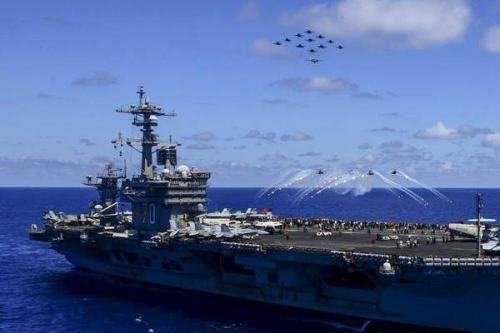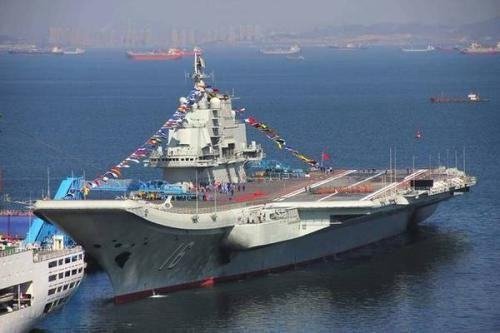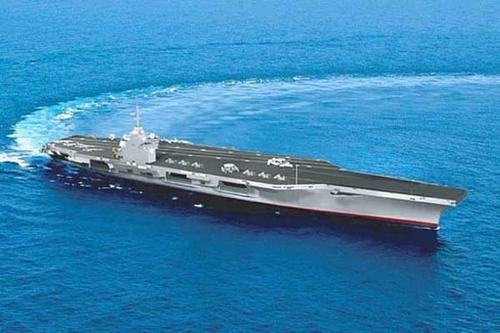Just like people and cars need maintenance, aircraft carriers are also require regular cleaning and maintenance. Many people may wonder, given the large size of an aircraft carrier and the numerous machines on board, how should it be maintained and what specific parts need to be taken care of?

After a long navigation, numerous marine growth will parasitize on the aircraft carrier’s bottom, increasing the hull weight and water resistance, slowing speed and increasing fuel consumption.
In fact, no matter what kind of ship it is, after it navigates for a certain period, a large number of seaweeds will attach to the lower part of the hull, and marine organisms such as shellfish and oysters will regard the hull as a reef and settle on it. Over time, their amounts will become extremely large. For some large ships, it can weigh dozens of tons, seriously dragging down the power of the ship.
Briefly speaking, the most important part of an aircraft carrier that needs cleaning and maintenance is bottom. Since an aircraft carrier often sails in the water, many marine growth will adhere to its bottom. If it is not cleaned for a long time, its amount will keep increasing, leading to the damage to the bottom and bringing about negative consequences.

The cleaning mainly focus on removing seaweeds and shellfish. When an aircraft carrier stays still in water, seaweeds grow rapidly along its bottom, attracting shellfish. And shellfish secrete strongly acidic substances, which will corrode the bottom plate over time.

Given the high cost and labor of cleaning aircraft carrier bottoms, a layer of toxic paint is often applied to prevent biofouling. However since this paint wears off, carriers need regular cleaning and repainting.